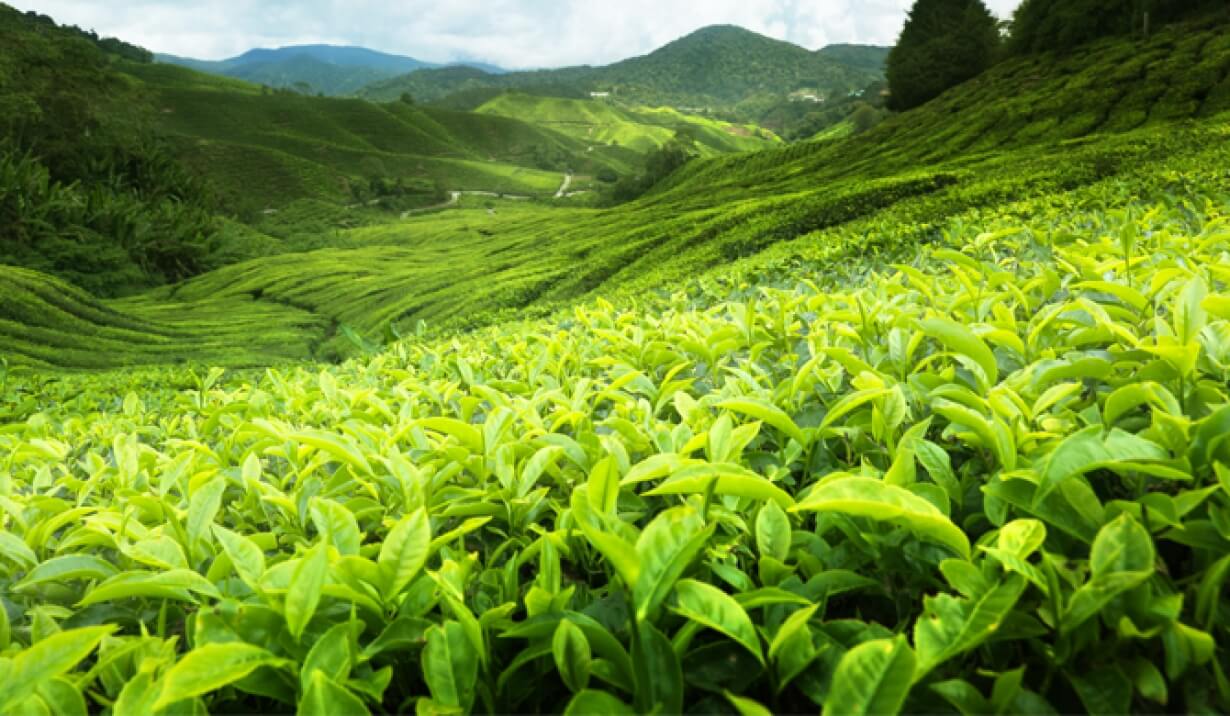For centuries, India and Sri Lanka have been the crown jewels of the global tea industry. Each has carved out a niche with its signature flavors—India’s bold Assam and aromatic Darjeeling, Sri Lanka’s versatile Ceylon. But beyond the cup lies a tale of resilience and reinvention, driven by challenges like climate change, resource limitations, and shifting market dynamics.
𝗧𝗵𝗲 𝗖𝗵𝗮𝗹𝗹𝗲𝗻𝗴𝗲𝘀:
- Climate Change: Rising temperatures and unpredictable rainfall are impacting the distinct flavors and yields of both regions’ teas.
- Resource Scarcity: Limited plantation space and higher production costs strain their ability to meet global demand.
- Competition: Emerging players like Africa are leveraging innovations to disrupt the market.
𝗛𝗼𝘄 𝗧𝗵𝗲𝘆’𝗿𝗲 𝗔𝗱𝗮𝗽𝘁𝗶𝗻𝗴:
- Investing in Sustainable Practices
Producers are shifting to eco-friendly cultivation methods, from reducing water usage to adopting organic farming. This ensures longevity without compromising quality. - Preserving Heritage
By emphasizing traditional processing methods, these nations retain the unique flavors that set their teas apart. This creates a premium market segment for tea connoisseurs. - Diversifying Offerings
Both regions are exploring value-added products—specialty blends, herbal infusions, and ready-to-drink options—to cater to evolving consumer preferences. - Leveraging Tourism and Storytelling
Tea gardens in both nations are becoming destinations, giving visitors an immersive experience while promoting their brands globally. - Collaborating for Climate Action
Regional initiatives aim to share knowledge and resources, ensuring that both nations can thrive in the long run.
𝗧𝗵𝗲 𝗪𝗮𝘆 𝗙𝗼𝗿𝘄𝗮𝗿𝗱:
As tea lovers, we can support sustainable brands and learn about the origins of our favorite brews. Whether you sip on Assam or Ceylon, your choice fuels the legacy of resilience behind every leaf.






